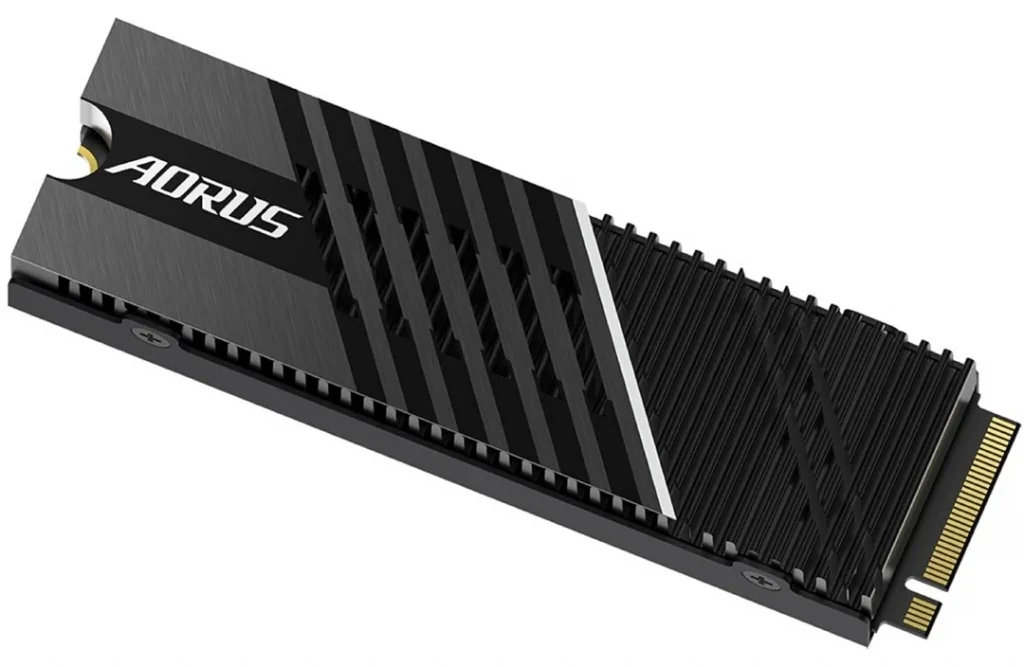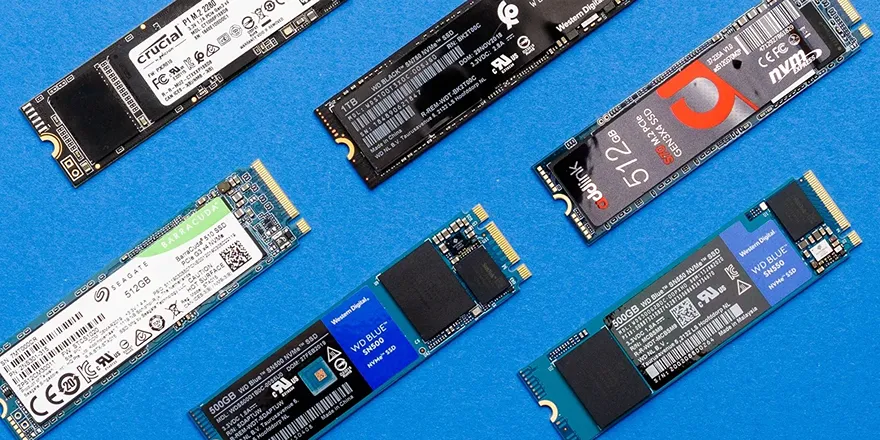Are you assembling a new computer, need more space or have just returned to the world of the living from a deep hibernation and say goodbye to the disk drive set as the system? You are in the right place – we suggest which NVMe SSD is worth buying and which models offer the best price-performance ratio.
Contents
M.2 SSD NVMe drives – what should you pay attention to when buying?
Before buying, it is worth considering a few issues and questions that will allow us to narrow down the circle of searches and choose the right data warehouse for us.
The dimensions of the disk and the type of interface will be important . Although SSDs with SATA III interface are still available for sale, they are not profitable to buy. M.2 drives , which use the PCIe interface (PCI Express) and the NVMe protocol , are much more efficient and competitively priced, so the sense of purchasing the former is negligible. Although the latest and most efficient designs are based on PCI Express 4.0 , the models using the 3.0 version will provide a good level of performance.
As for the dimensions, the most popular models at the moment are 80 mm long , i.e. 2280 carriers . Remember, however, that there are also shorter and longer variants (2230, 2242, 2260 and 22110) that do not have to be compatible with the slot in a laptop or ultrabook (it is worth checking before buying). We will not have this problem in the case of installation in a desktop computer – as a rule, motherboards have at least one universal socket that will work with most devices.
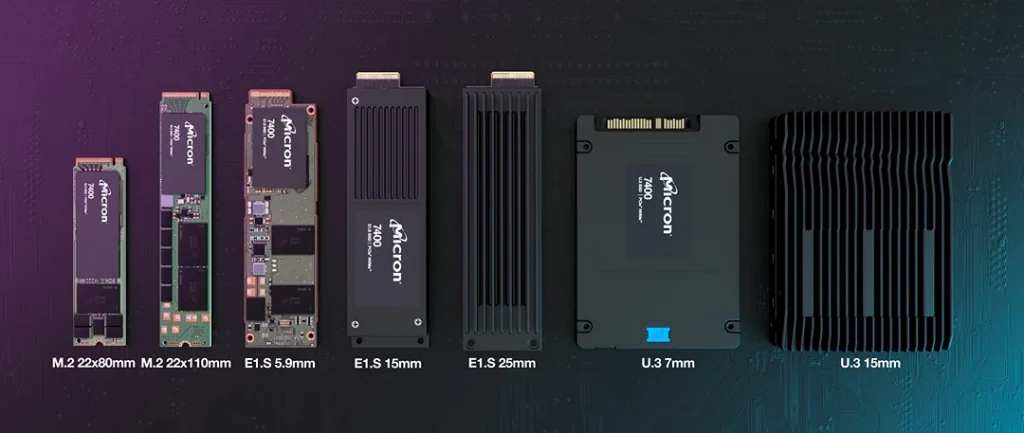
Moving on to the disk capacity , let’s pay attention to two issues: a certain margin and space that we should leave if we want maximum performance (filling the disk almost entirely will result in reduced performance) and the cost per gigabyte of data. . In most cases, 1TB drives are the most cost-effective – too large or small sizes will translate into a slightly less favorable price.
Finally, we must not omit important data from the technical specifications. While the controller labeling may not be of use to the untrained eye, the mere presence of an additional DRAM cache, or at least the Host Memory Buffer technology that directly connects the drive to the CPU’s DRAM, should make a difference to us.
Let’s also look at the memory execution technology (MLC, TLC, QLC, 3D NAND), actual performance (write and read), temperatures , warranty and the associated TBW (Total Bytes Written – parameter specifying how much data the disk should write before the warranty expires); the higher the value the better).
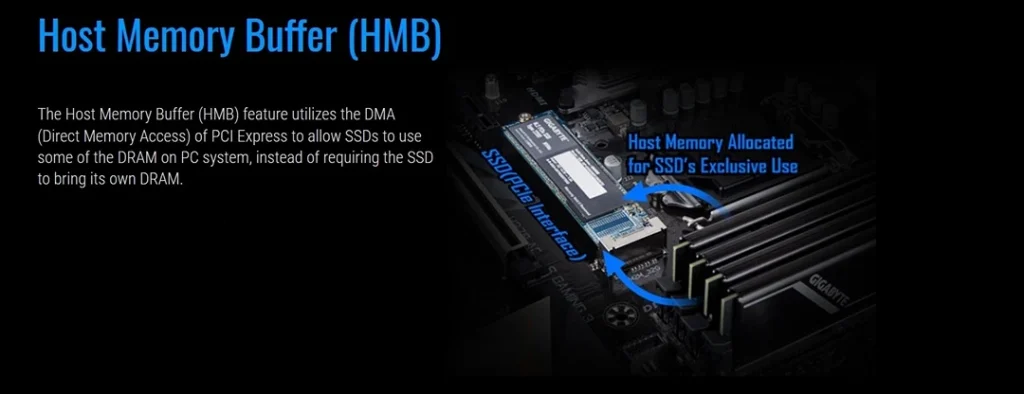
Read Also: Samsung T7 Shield Review – Reliable and Secure External SSD Drive
What will the future hold in the world of semiconductors and disk drives?
The future looks bright for both the world of semiconductor disks and traditional disc designs. According to recent announcements, the upcoming motherboards based on the X670 chipset ( including Gigabyte X670 Aorus Pro AX, X670 Aorus Master, X670 Aorus Xtreme and X670 Aero D) will have an M.2 Thermal Guard III socket . It would not be surprising, if not for the potential parameters of the supported drives, marked as SSD gen5 M.2 25110 .
This notation means that, according to the industry nomenclature, the dimensions of some PCIe 5.0 drives may differ significantly from the M.2 2280 standard, the most popular today . The devices will be slightly wider ( 25 mm ) and much longer ( 110 mm ). If such dimensions are confirmed, the existing motherboards with M.2 slots will not be compatible with the new solution.
The organization responsible for the PCIe specifications, the PCI-SIG organization, mentioned possible changes as early as the end of 2020. The new dimensions are to allow the production of very efficient disks, requiring an appropriate surface and heat sink to work in optimal conditions.
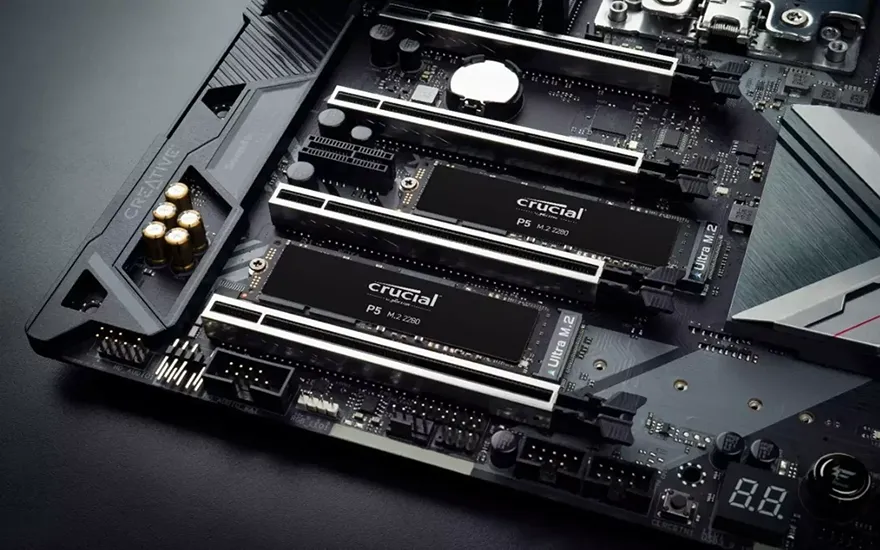
A real revolution, not an evolution, may in turn occur in the disk disc market. All thanks to the discovery of scientists from MIT , who decided to give up the heads floating above the ferromagnetic disks. For this purpose, a 2D form of so-called multiferroiks was used to preserve the data fidelity for which traditional hard drives and the dependence on electric fields in flash memory are famous. This would combine the advantages of both today’s leading technologies – SSD read speed and HDD durability .
The coming time will bring quite a lot of new, interesting solutions. And to think that in my old-fashioned Dell Inspiron Mini 1010 netbook with Windows XP on board (anyone else remembers the term netbook?), I used a 32GB SSD drive, for which I paid around USD 85 in 2009. Technological advances are racing like crazy.

Goodram PX500. The model that killed the sense of buying SATA drives

PX500 may not be the most efficient disk in this comparison, but it is certainly several times faster than SATA disks, costing the same or less. When faced with the choice of similarly priced constructions, we will rather not take a long time.
The manufacturer really has nothing to be ashamed of when it comes to the popular NVMe drives in this shelf. The 512 GB variant costs just over two hundred zlotys, offering a reading of 2000MB / s and a write of 1600MB / s . Efficient memories made in 3D technology and the SMI 2263XT controller allowed for 173,000 read operations and 143,000 write operations per second (IOPS).
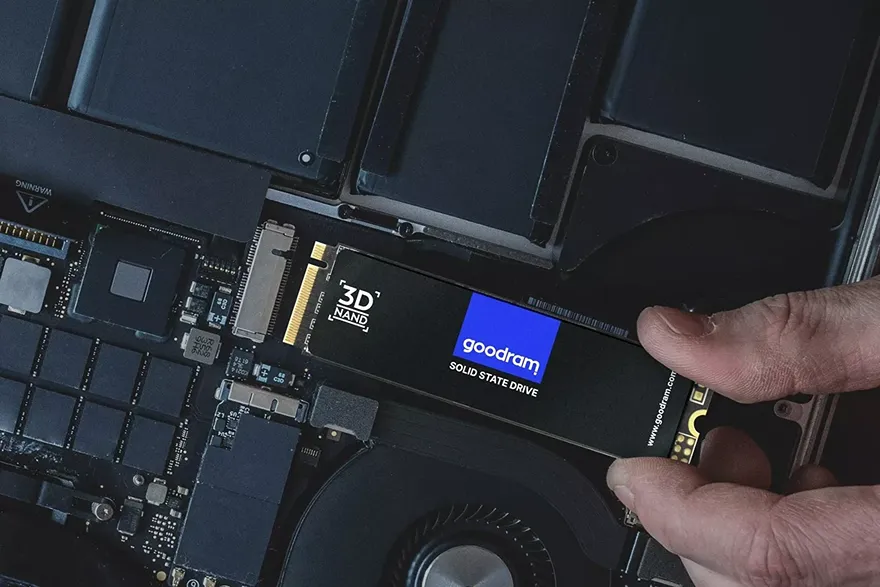
What’s more, we can also count on a very competitive SLC buffer (200 GB for the 1 TB variant), which will improve work in real, everyday applications and a good working temperature . The latter will be taken care of by a special foil consisting of copper and graphite, which facilitates heat dissipation without increasing the size of the heat sink.
GOODRAM PX500 is available for sale in 256 , 512 GB and 1 TB capacities . The format used is of course M.2 2280 , with one-sided placement of the components. The whole is complemented by a 3-year warranty and a nominal working time of about 1.5 million hours .
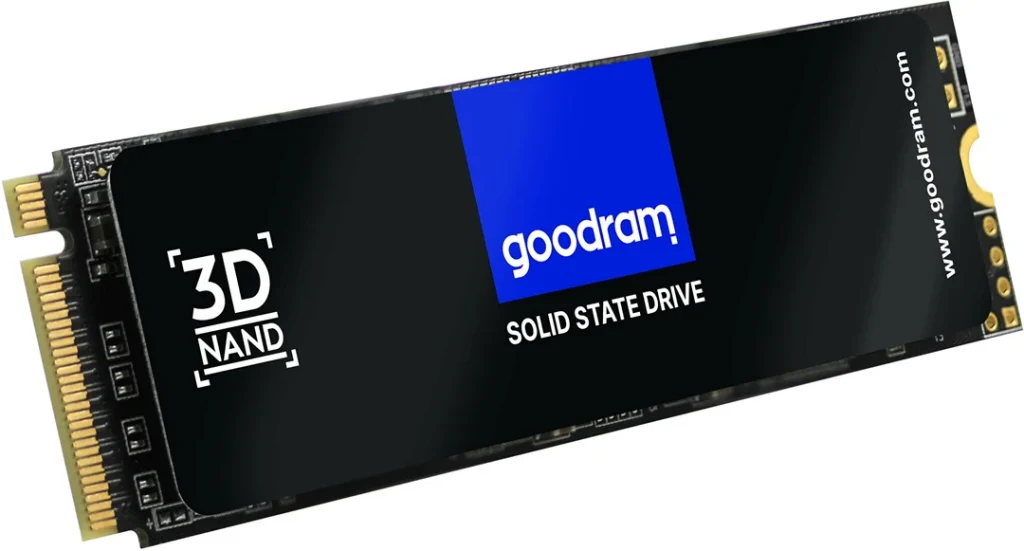
Cheap does not mean slow. Kioxia Exceria G2 a real hit in the segment of PCIe 3.0 drives

The Japanese manufacturer, which so far has not been particularly popular in this segment on the European and American markets, has prepared an extremely successful product that is synonymous with performance at a good price. It can even be said that it has stormed all sorts of sales rankings and guides, and countless user opinions seem to confirm the legitimacy of this choice. What is the success of this drive ?
The Kioxia Exceria G2 has a successful combination of some very important features. First of all, the controller used here called TC58NC1202GST (name on the housing) is actually Phison E12C – a solution recognized and proven many times before in well-rated products. It is worth mentioning during this rebranding that the company has introduced additional improvements in the firmware.
Another significant advantage is the presence of DRAM cache (1 GB DDR4-1600) , which in the case of this price range is a surprising move and very positive compared to the competition. This, of course, translates into efficiency, both in random and sequential transfers.
The biggest problem with this design are the pseudo SLC memory buffer and the operating temperature , which, fortunately, can be easily adjusted using a heat sink. Without it, the performance drop will only occur after reaching 75 ° C and saving ~ 120 GB of data, so it is not a big problem, but worth mentioning. Ultimately, these disadvantages do not detract from the profitability of purchasing this model, which is still one of the best choices in its price range.
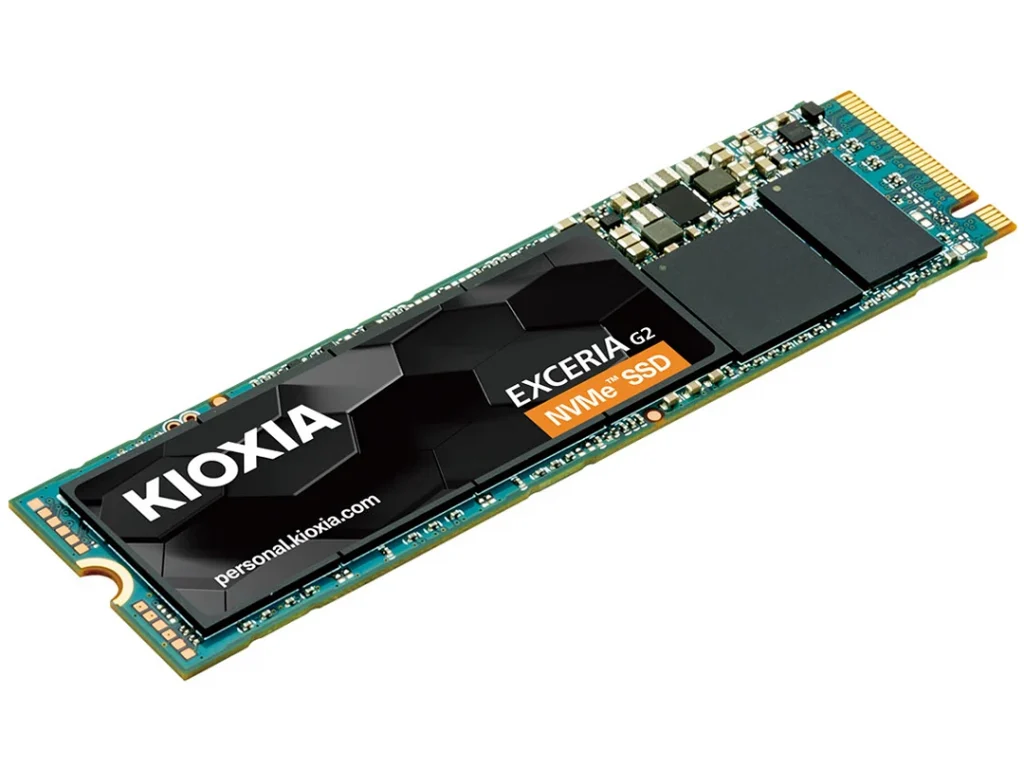
When speed is the priority. Samsung 980 Pro, the best M.2 PCIe 4.0 SSD

After two models with a PCIe 3.0 interface , it’s time for faster solutions based on the PCIe 4.0 x4 (NVMe 1.4 ) standard. Samsung 980 Pro 1 TB is a drive for demanding users, for whom the word of compromise does not pass through the throat.
The maximum transfers here reach as much as 7000 MB / s for reading and 5100 MB / s for writing. The performance image is complemented by 1 million random operations per second (IOPS), which is a result that fully reflects the capabilities of the 8-channel Samsung Elpis controller and the modern 3D TLC NAND memories used here .
It is a pity that the manufacturer has not decided to use MLC bones , as in the case of the famous predecessor (970 PRO), but it is a tablespoon of tar in a barrel of honey. The work of the memory in good thermal conditions is ensured by a nickel coating, and from the programming side, the Dynamic Thermal Guard technology is sensitive to the whole thing .
As for a drive for professional use, the price is not shocking – the pricing of the 1 TB and 2 TB versions looks particularly attractive . The 980 PRO is also available in 500 GB and 250 GB, but the latter cannot be recommended due to the not very favorable price-to-data ratio.
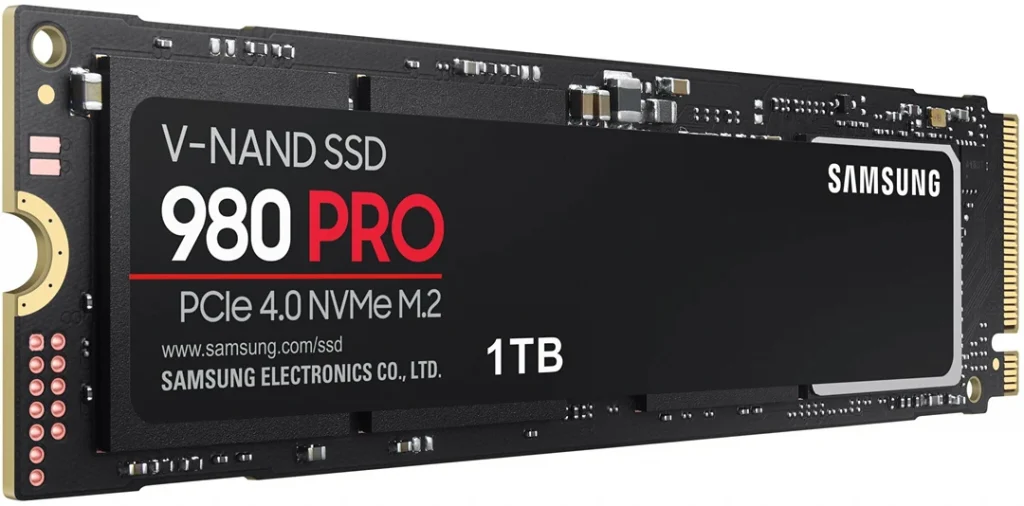
Fast M.2 PCIe 4.0 SSD for work and play on PlayStation 5. GIGABYTE Aorus 7000s

The list also included the model from the Aorus series by Gigabyte . It is a proven disk that will work in every scenario – regardless of whether it will be graphics processing , video editing or playing on the PlayStation 5 console (full compatibility with the PCIe 4 × 4 interface ).
The top performance of up to 7000 MB / s for sequential reading and up to 5500 MB / s for writing is ensured by the second generation PS5018-E18 controller. Support for 8 NAND Flash channels with 32CE is supported here by DDR4 SLC cache , so we can count on uninterrupted work with very good parameters.
The integrated aluminum heat sink with a nanocarbon coating and a double-sided high conductivity thermal pad , which improves the proper heat dissipation, also deserves a separate paragraph. In this respect, it is one of the best designs on the market and we will not have to worry about the temperature sensor readings.
Of course, apart from the hardware aspect, the software is also important. The manufacturer has prepared SSD Tool Box , a program from which we can check, among others disk status preview, firmware version or device diagnostics information. The safe erase option will also allow us to easily and quickly wipe all data without the possibility of restoring it.
